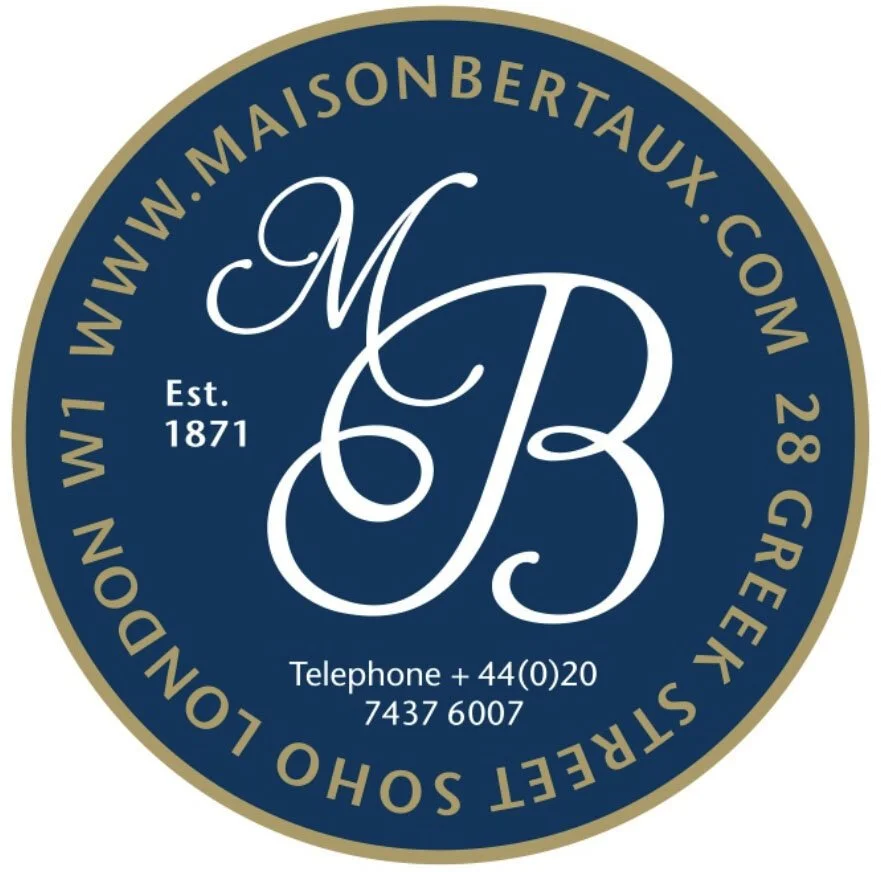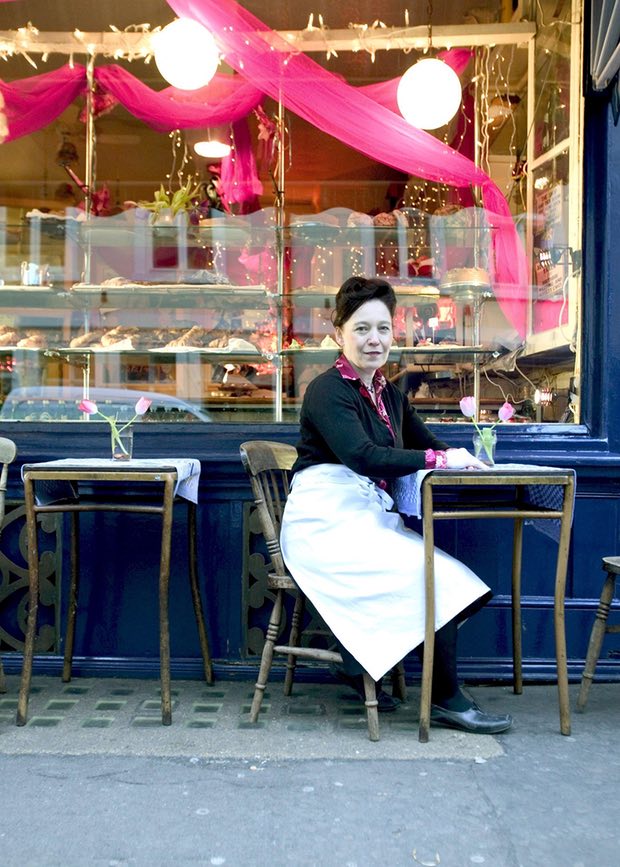Soho stories: celebrating six decades of sex, drugs and rock’n’roll
The Guardian
I’ve been involved in Maison Bertaux since I was about 17, in the late 70s. I fell in love with Soho, but especially in love with the shop, the whole atmosphere. I started as a Saturday girl, then I was a waitress and then I went to study at Rada. I made a little bit of money in acting, so when Mme Vignaud, my boss, said she wanted to sell the business, I bought it from her. I was 25 or 26.
There weren’t so many places in Soho then where you could have tea, coffee, conversations. The pubs used to close between 3 and 5pm, so we got a slightly different clientele because of that… I remember Jeffrey Bernard used to come in sometimes after drinking at the Coach and Horses at lunchtime. He’d sit upstairs and fall slightly asleep in his chair and then go to the pub again afterwards. We also used to have the art school [Central Saint Martins] up the road and the students used to come here to sit upstairs and draw… it was relaxing for people. Alexander McQueen was a real regular, just gorgeous. We knew him quite well.
Now my sister, Tania, and I run a little art gallery upstairs. We’ve got Noel Fielding’s artwork up there, he’s really charming. Clients? We’ve had all sorts: Derek Jarman was always coming here, he was a marvellous person; Steve McQueen, Howard Hodgkin, Grayson Perry…
The big thing of Soho is the freedom for people to be who they are. I’ve got a [male] customer who comes in dressed as a woman and no one pays any attention. I think people worry the corporations might squeeze down that freedom. In Soho, there’s space for everybody, but other burgeoning areas – like Shoreditch, Dalston, Peckham – they’re not as inclusive. Maybe that’s why a lot of businesses can coexist in Soho.
We’re frightened about the rent going up so high that we can’t afford to be here, but I try never to be scared. When I first took over Maison Bertaux, we only did one type of tea, but now we do about 20; we only did cafe au lait, but now we do all the coffees. Soho is always changing and you’ve got to adapt and be attractive to people who are enjoying the change. But people have to help each other to make sure there’s room for everyone.
The vicar from the church nearby comes to get his ham-and-cheese croissant every Saturday and Sunday and we’ve got a lot of irregular regulars from all over the world who come to Maison Bertaux when they’re in London. We also have quite a few people coming in who aren’t homeless, but who’ve fallen on hard times, so we give them something to keep them going.
Soho’s always had that history of having different kinds of businesses and restaurants, and I think that’s what makes it unique, because every building’s had a restaurant in it before and before that and before that… Everyone over 40 who knows Soho, they’ll have a memory of it. People won’t have those memories of Hoxton, or places like that.

